Thermal Management and Thermal Anchoring
In experiments exploring the quantum world and superconducting phenomena, dilution refrigerators cool systems to extreme low temperatures below 20mK. However, for the entire system to reach the required temperature and operate stably, thermal management is an indispensable engineering challenge. Any tiny energy disturbance (i.e., heat) can cause qubit decoherence, destroying precious quantum information and increasing the error rate of quantum computations. This excess heat, which we call "Heat Leak," permeates from all directions. One of the main leakage paths is through the signal cables used to control and read out the qubits. If the heat transfer along these cables is not managed, it will lead to:
Continuous heat introduction from high-temperature stages to low-temperature regions, increasing the cooling load at the cold end.
Increased thermal noise on RF lines, interfering with qubit read-write operations.
Reduced overall cooling efficiency of the system, potentially preventing stable operation.
Each cooling plate in dilution-refrigerator acts as a heat interception net. The goal is to intercept and absorb heat at each stage before it reaches the core MXC plate. Roughly speaking, each cooling stage is responsible for reducing the temperature by an order of magnitude. With the cooling stages in place, the next step is to absorb the heat from the signal lines, which brings us to the crucial technique of Thermal Anchoring, also known as Heat Sinking or Thermalization.
What is Thermal Anchoring?
Thermal Anchoring is a system-level design strategy to securely mount and effectively cool heat-leaking objects (like the outer conductor of coaxial cables, waveguide walls, or structural supports) to the various cooling plates, ensuring their temperature matches that of the stage they are on. The purpose is to prevent heat from leaking from high-temperature regions to low-temperature regions along these structures, which would cause the cold end to overheat or noise levels to rise.
In practice, "Thermal Anchoring" means securely fastening the signal cables (especially the heat-conducting outer conductor) to each cold plate. This is typically done by clamping the cable with a block of high-purity copper, which has excellent thermal conductivity, and then bolting this block to the cold plate. Sometimes, a flexible thermal conductor like a Thermal Strap is used to connect components that cannot be directly mounted.
| Thermal Conductivity of OFHC Cu, ETP Cu, and two Aluminum Alloys at various temperatures. | OFHC Copper Thermal Strap |
|---|---|
Table Ref: Technology Applications, Inc.
https://www.techapps.com/copper-foil-straps
In practice, this typically involves the following components and methods:
Using cables with low thermal conductivity and a low coefficient of thermal expansion (e.g., NbTi cables).
Installing Heat Sink Blocks at each temperature platform (e.g., 60K, 4K, Still, Mixing Chamber).
Ensuring good connection of the outer conductor to the cold head using high-conductivity copper foils, braided straps, or metal clamps.
Using thermal grease or cryo-compatible solder to enhance contact thermal conductance.
Thermalization of the Outer Conductor of a Coaxial Cable
Ref: https://www.electricalengineeringtoolbox.com/2016/12/basics-of-coaxial-cables-used-in.html
▲ The structure of an RF/microwave coaxial cable. The outer conductor of the cable is also a path for heat transfer. "Thermalization of the outer conductor" means thermally anchoring the coaxial cable to the cooling plates to intercept heat conduction at each stage.
Ref: Cryogenic Technology in the Microwave Engineering:
Application to MIC and MMIC Very Low Noise Amplifier Design
https://www.tesisenred.net/bitstream/handle/10803/10674/2de9.JLCDcap.2.pdf?sequence=3&isAllowed=y
▲ An example design of a coaxial cable being thermally anchored to a plate via a thermal strap.
Ref: Hust, J. G. (1970). Thermal Anchoring of Wires in Cryogenic Apparatus. Review of Scientific Instruments, 41(5), 622–624. doi:10.1063/1.1684599
Ref: Cryogenic Technology in the Microwave Engineering: Application to MIC and MMIC Very Low Noise Amplifier Design
https://www.tesisenred.net/bitstream/handle/10803/10674/2de9.JLCDcap.2.pdf?sequence=3&isAllowed=y
▲ A physical model for heat transfer in thermal anchoring. \(T_1\) is the hot end, and \(T_3\) is the temperature reached after passing the cooling plate (or Heat Sink, at temperature \(T_S\)). The goal is a temperature difference \(T_3-T_S < 1mK\). Achieving this requires considering the dimensions and thermal conductivity of the coaxial line, the contact area with the thermal medium, and the dimensions and conductivity of the thermal medium itself, all of which have recommended design parameters.
The Trade-off between Electrical and Thermal Conductivity
Generally, good electrical conductors (like copper) are also good thermal conductors. In practice, a quantum computer requires cables that can transmit high-frequency microwave signals without loss (requiring high electrical conductivity) while simultaneously not conducting heat (requiring low thermal conductivity). To solve this dilemma, materials science solutions are needed:
Using Special Alloys: Employing materials with "poorer" electrical and thermal conductivity, such as Stainless Steel or CuproNickel (CuNi), for parts of the cable structure.
Utilizing Superconductors: At the coldest stages, using superconducting materials like Niobium-Titanium (NbTi). Below its critical temperature, it becomes a superconductor with zero resistance, allowing for nearly lossless signal transmission. At the same time, its thermal conductivity drops sharply in the superconducting state, making it a nearly perfect signal channel and thermal barrier.
Thermal management in cryogenic experiments is a precision "heat plumbing" engineering discipline. And thermal anchoring is the core technique within this discipline. It doesn't refer to a single component but a systematic design approach to ensure that heat is precisely intercepted and managed.
Originally written in Chinese by the author, these articles are translated into English to invite cross-language resonance.
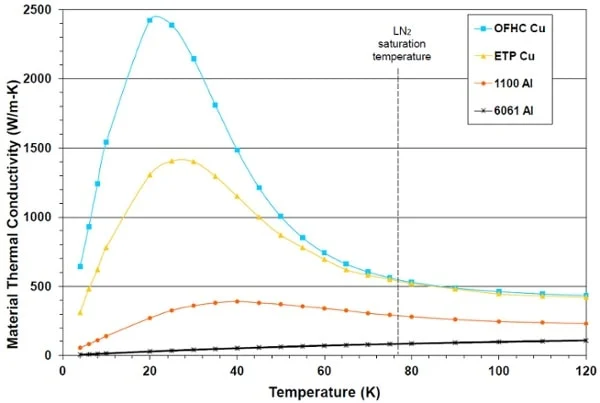
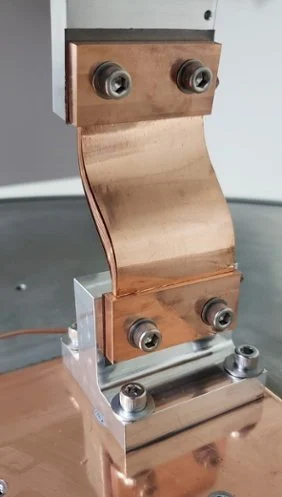
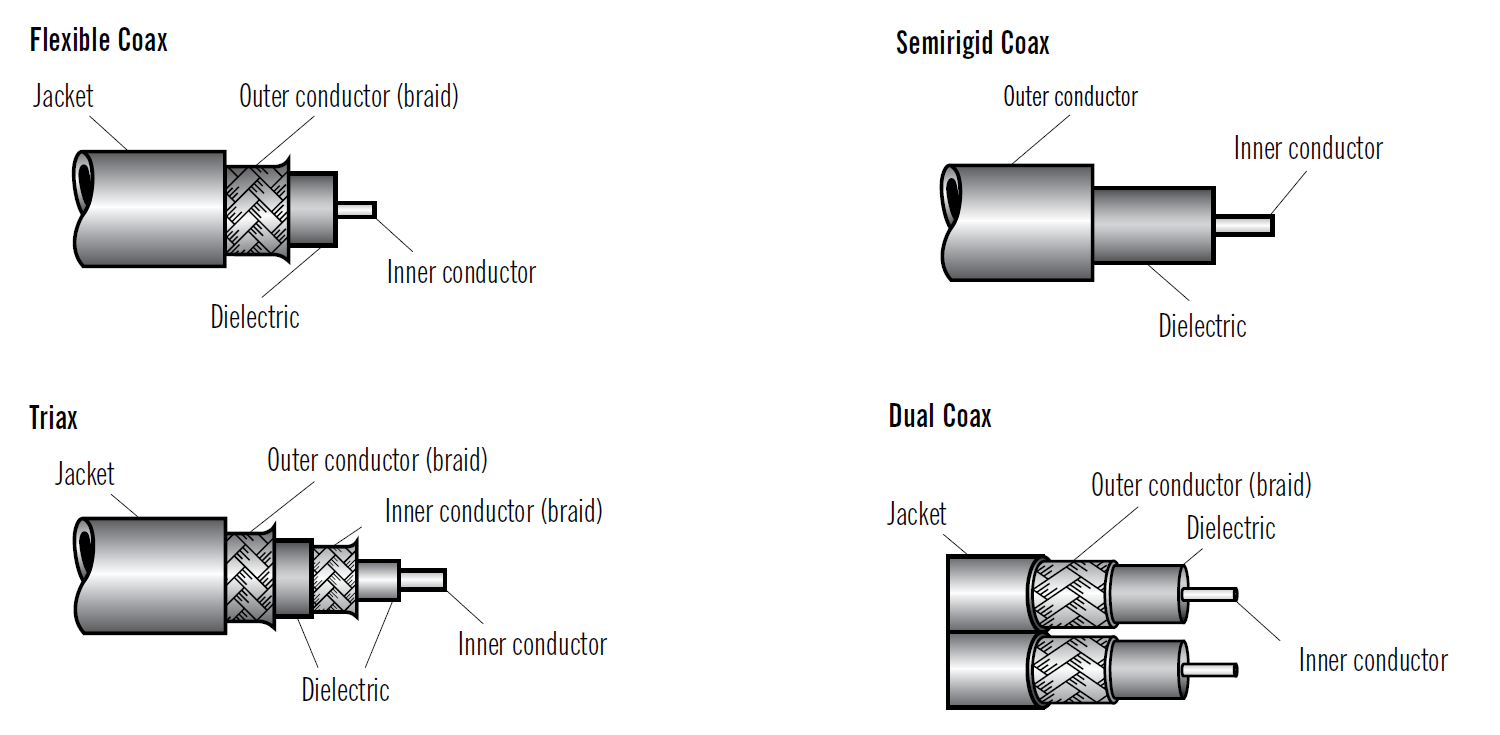
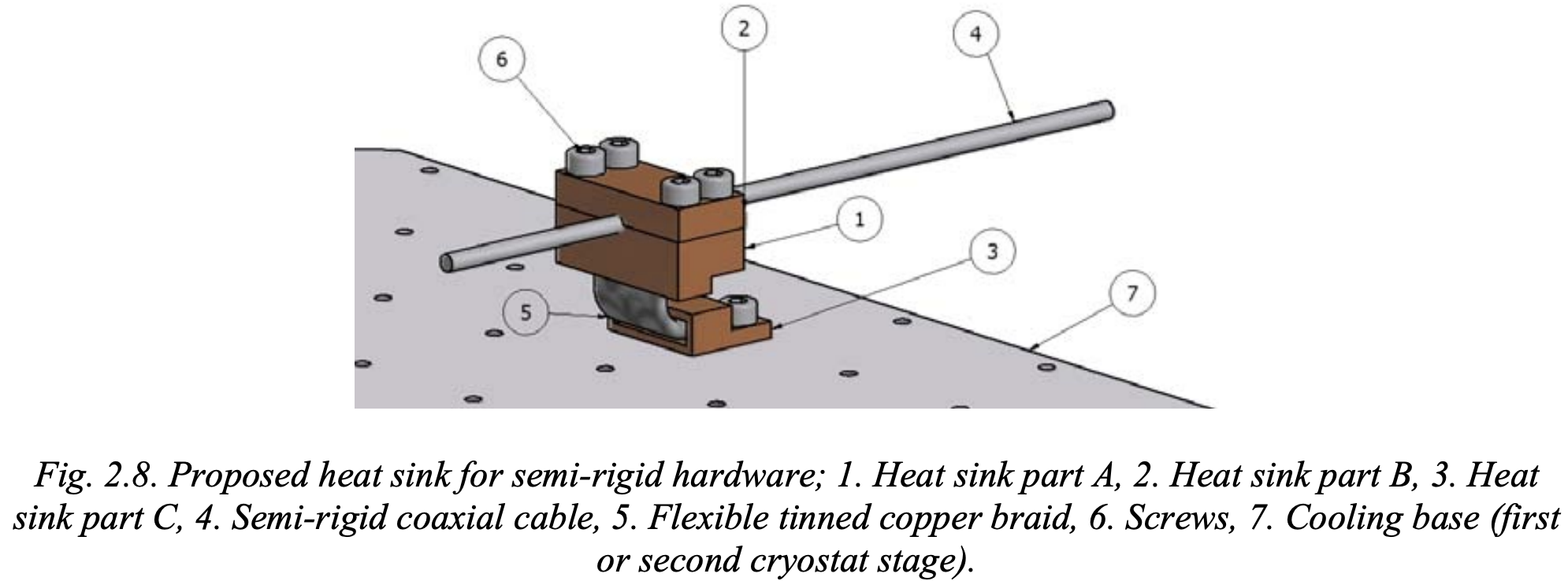
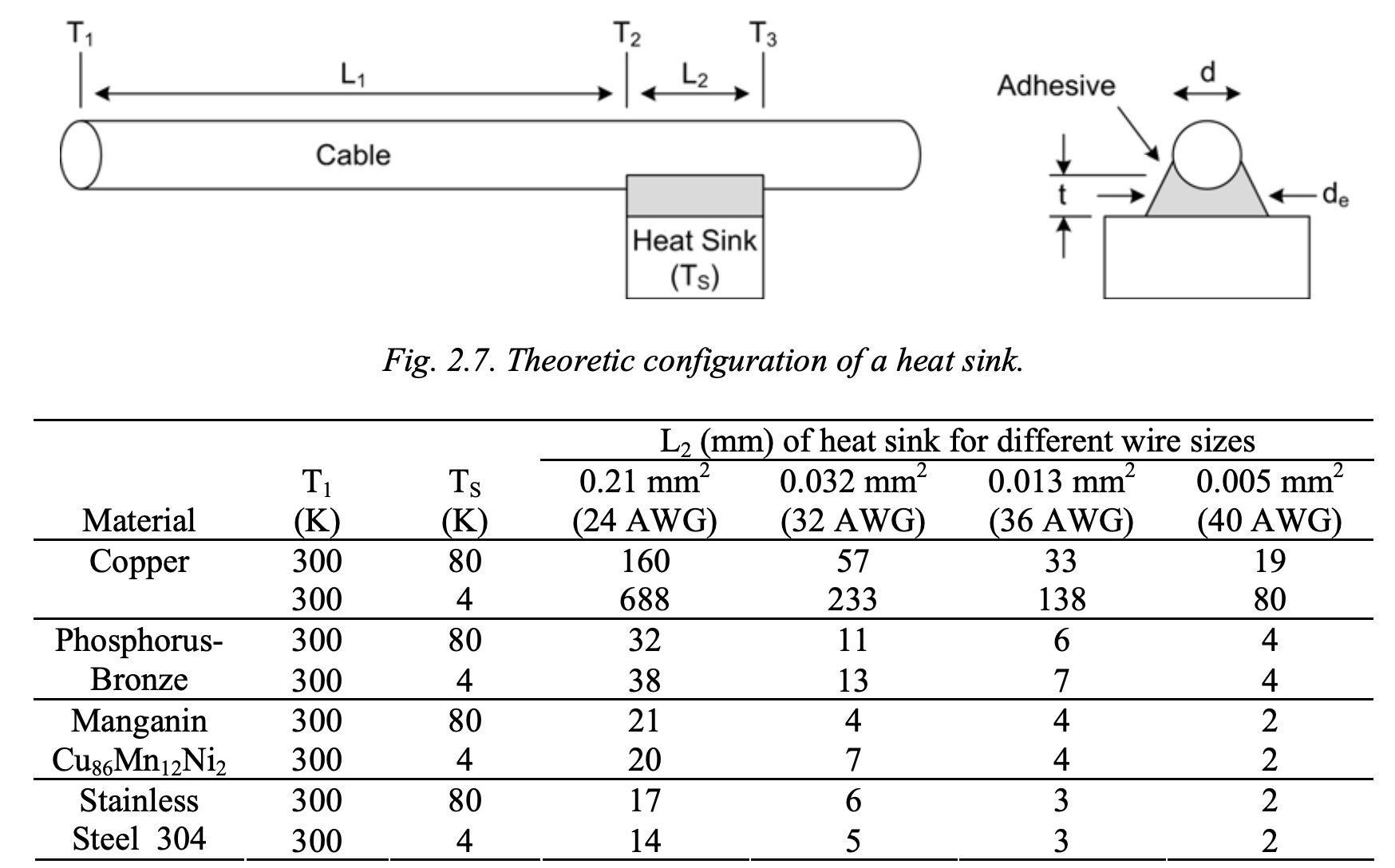
 Peir-Ru Wang
Peir-Ru Wang